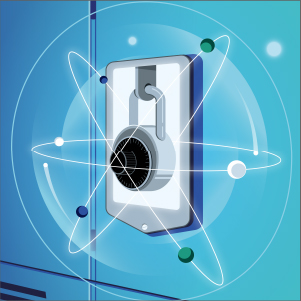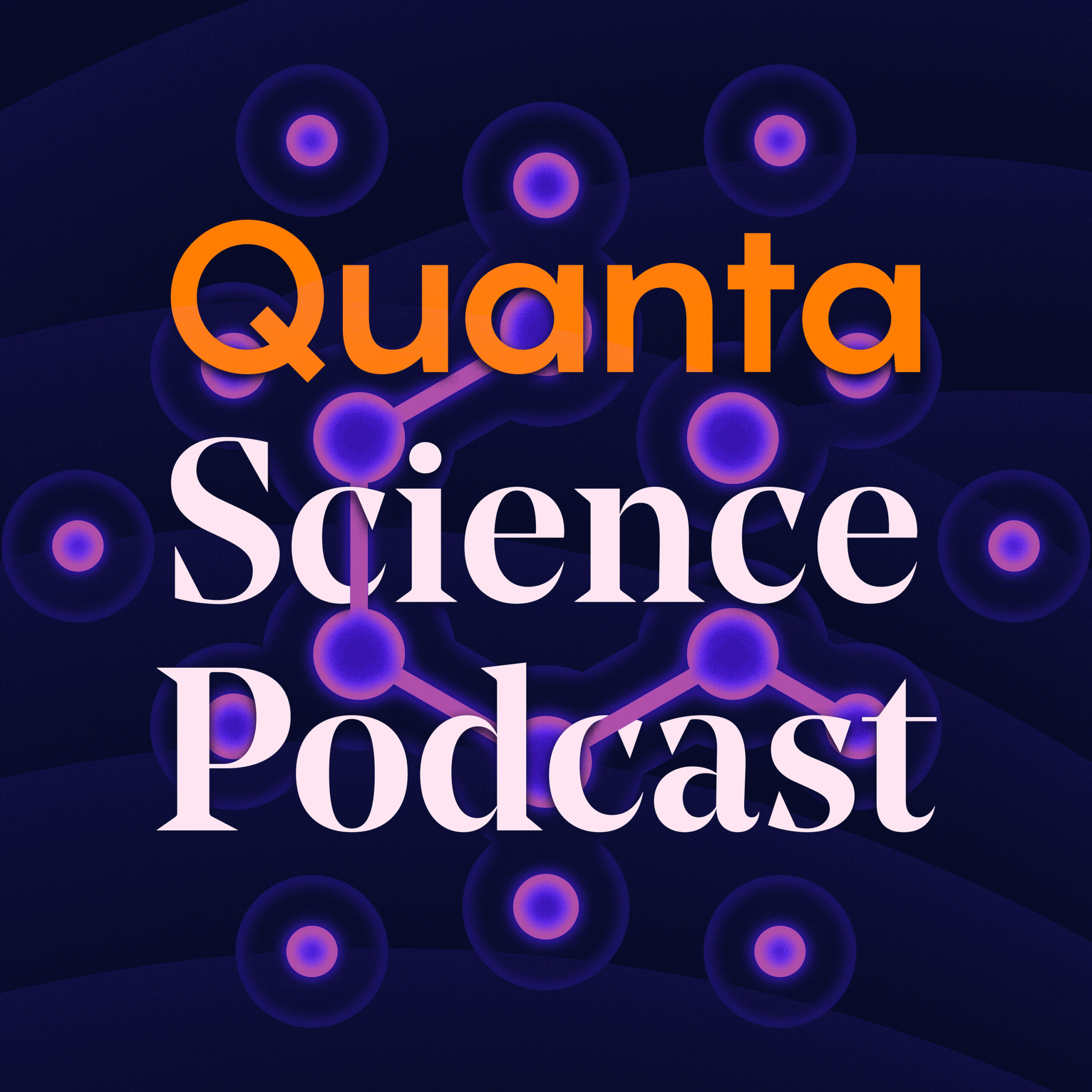
Cryptographers Discover a New Foundation for Quantum Secrecy
2024/11/13

Quanta Science Podcast
A
Alex Lombardi
A
Andrea Coladangelo
C
Chun
D
Dakshita Khurana
E
Ewan
F
Fermi Ma
H
Henry Yuen
L
Luo Wenjian
S
Susan Vallett
T
Tomoyuku Morimai
W
William Kretschmer
Susan Vallett: 本期节目探讨了量子密码学领域的最新突破,研究人员证明即使在没有计算难题的世界中,安全的量子加密仍然是可能的。现代加密方法依赖于某些数学问题对计算机而言难以解决的假设,但量子理论家发现,保障秘密的方法不只这一种。量子密码学研究人员最初认为,除了经典计算方法外,没有其他方法可以替代。然而,最近的研究表明,即使在假设所有计算都很容易的世界中,大多数密码学任务仍然可以安全地完成。这一切都归结于一个关于量子理论本身的特殊计算问题的难度。
Henry Yuen: 我们从量子角度来看待问题,发现我们原先认为是高科技的东西实际上是低科技的,这增强了我们对其安全的信任。最近的研究结果表明,即使在所有计算都很容易的假设世界中,大多数密码学任务仍然可以安全地完成。
Fermi Ma: 量子密码学中,一切仍然建立在假设之上,将计算难度与量子信息相结合,这让我们对计算难度本身有了新的认识。量子信息的本质似乎就具有一定的密码学特性,例如量子态无法克隆。
Ewan: 传统的复杂性理论语言无法直接描述人们感兴趣的这些问题。
Luo Wenjian: Kretschmer的结果非常反直觉。
Chun: 在现实世界中,我们如何实际获得这种神奇的产品?使用随机预言机可以提供一种更具体、更可感知的方法来实际实例化这些量子密码学对象。
William Kretschmer: 随机经典预言机已经被研究了几十年,而量子随机预言机则鲜为人知。
Dakshita Khurana: NP问题并非人们所能想到的最难的经典问题,其难度远不止于此。
Alex Lombardi: 这个问题听起来有点疯狂,但结果却出奇地富有成效。
Tomoyuku Morimai: 区分两个量子态的问题不仅很难,而且难以想象地难。
Andrea Coladangelo: 量子信息的行为方式与经典信息存在根本的不同,这必然会产生超越密码学的联系。
Deep Dive
This chapter explores the foundations of encryption and how it relies on the difficulty of mathematical problems for computers to solve. It then introduces the concept of quantum cryptography and how it leverages the laws of physics for security, challenging the traditional reliance on computational hardness.
- Modern encryption depends on computationally hard problems.
- Quantum cryptography uses the laws of physics for security.
- Quantum measurement disturbance is a key element.
- The nature of quantum information itself offers cryptographic properties.
Shownotes Transcript
Researchers have proved that secure quantum encryption is possible in a world without hard problems.
The post Cryptographers Discover a New Foundation for Quantum Secrecy) first appeared on Quanta Magazine)